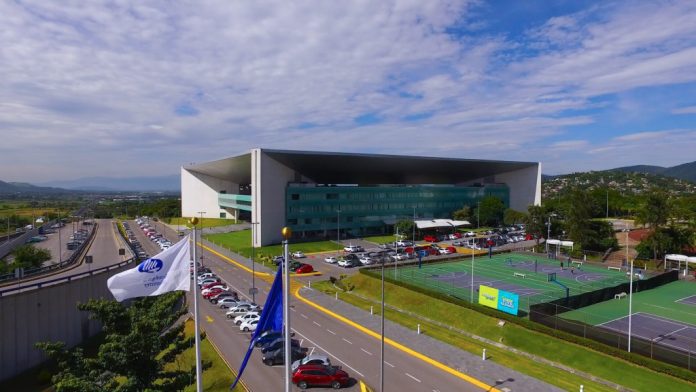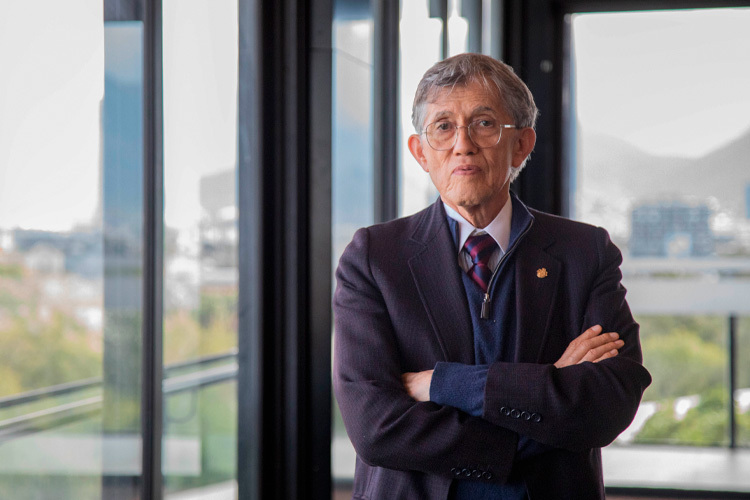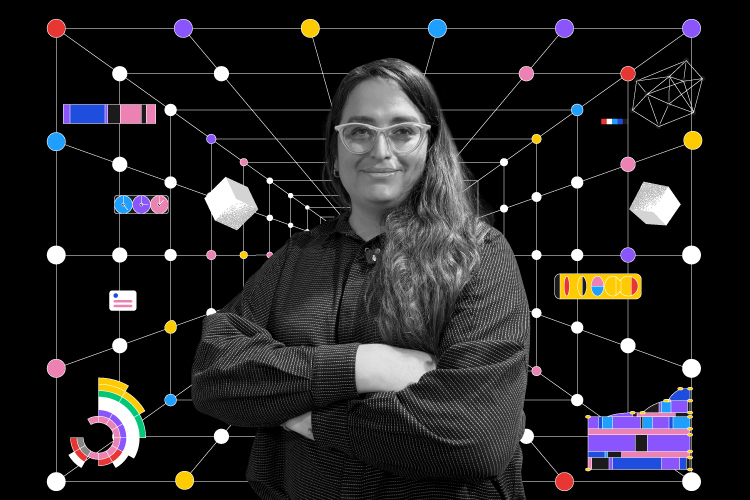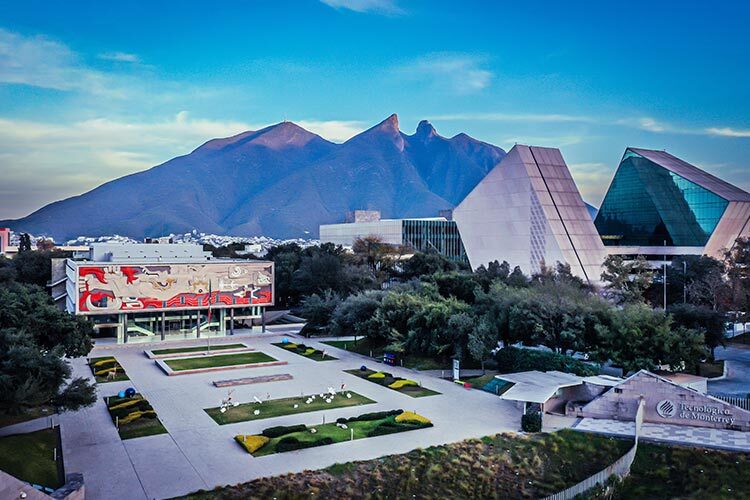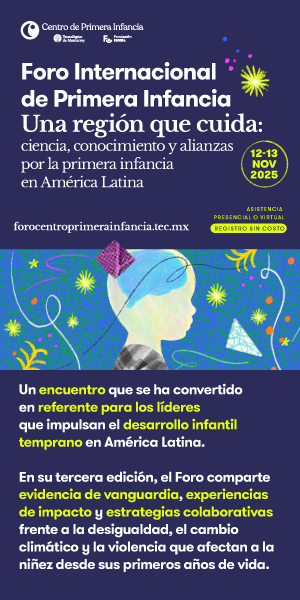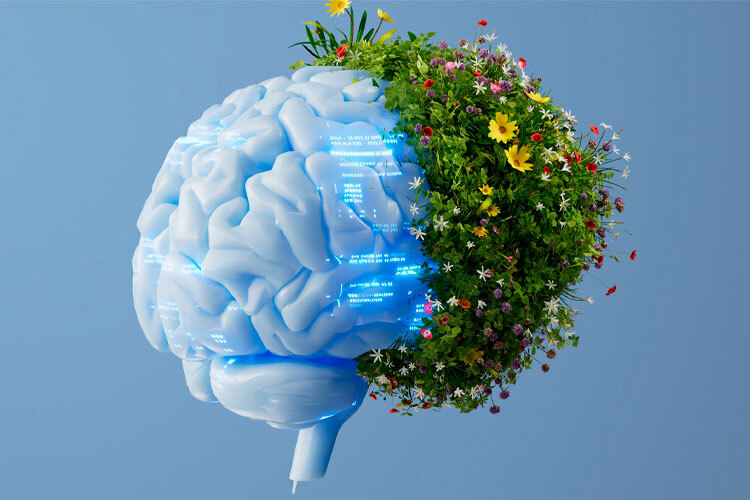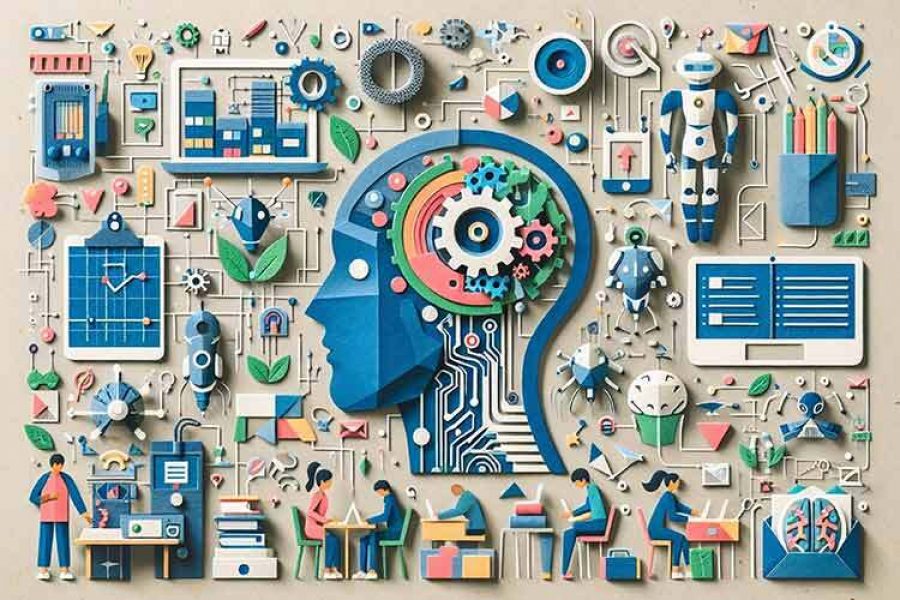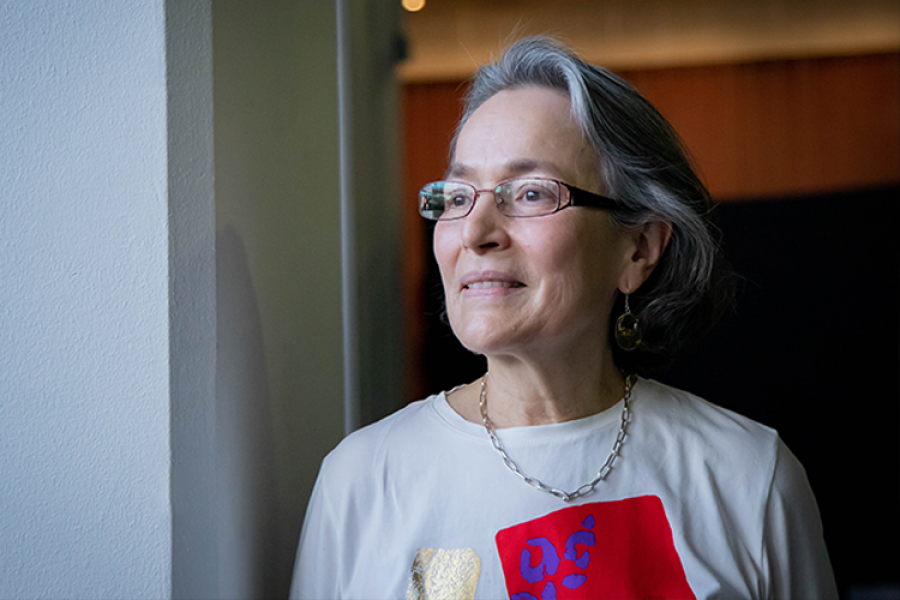Preventing water crises, guaranteeing access to this necessary resource for all inhabitants of a city is one of the most important challenges facing governments in various countries around the world.
To face this challenge in Mexico, there are promising technologies –such as Internet of Things (IoT) sensors or machine learning– but before we can use them we need better coordination between the academia, government, private enterprise and civil society, as well as a biggerbudget.
According to Aldo Ramírez, Director of the Water Center for Latin America and the Caribbean, the amount of water available to Mexicans has been constantly declining. In 1950, the country had almost 17,000 cubic meters of water per inhabitant and today it only has 3,358.
“This is five times less available water and if we make a projection for the future, this reduction will continue,” he said during his presentation at the forum Thirsty Cities: Integrated Solutions for Water Security of the School of Government and Public Transformation (EGTP) and the School of Engineering and Sciences (EIC) of Tec de Monterrey.
If the problem continues to go unresolved, most Mexican cities will experience some level of water stress or scarcity.
This problem is due to a series of intertwined factors that include the overexploitation of water resources, unsustainable industrial practices, population growth, water pollution, poor management and global warming.
“Some of the main issues is urbanization, economic and population growth, leading to greater water consumption in general,” said Jürgen Mahlknecht, leader of the EIC’s Sustainability and Climate Change Nucleus, during his participation in the same forum.
An increased demand results in more water being extracted than the one that enters the country’s aquifers and basins.
Solutions Based on Science and Technology
To improve water supply and quality, the panelists are betting on the use of emerging technologies to create smart cities, as well as on an interdisciplinary and holistic vision of the problem.
“There is an entire emerging industry around water technologies,” said Roberto Ponce, a research professor at EGTP.
Some examples of these technologies include Internet of Things (IoT) sensors for monitoring pipes. “These are installed in distribution networks and detect leaks, breakages and pressure drops in real time,” said the expert.
There are also intelligent water meters, which monitor water consumption in real time. There are smart irrigation systems, IoT sensors to monitor water quality in real time, as well as smart stormwater management to prevent flooding and to use it to our advantage.
On the other hand, water conservation programs can be implemented, machine learning can be used to predict future water problems and needs, as well as implementing an automated distribution that adjusts its supply depending on its use, to reduce waste and overconsumption.
“However, in Mexico we are still far from being able to use all of these technologies,” said Ponce.
First the country needs to ensure that there is a sufficient budget to remedy the economic shortcomings that many of the country’s municipalities and states face, which do not allow them to invest in solutions based on science and technology.
Future Challenges for Better Water Management
As if this problem were not complex enough, there is also the factor of climate change. “It makes it difficult to know whether a particular basin will have less or more rain in the coming years,” said Edmundo Molina, a research professor at EGTP and leader of the Decision Science Research Center.
Another layer is equity, where the most marginalized sectors of cities are those that normally suffer the greatest shortages.
Therefore, in the future, an integrated planning is needed where all sectors of the population collaborate to make the best use of this essential resource.
It will also be necessary to develop a systemic vision of the water system, in order to predict changes in supply and prevent future crises.
For his part, Mahlknecht says that in the Nucleus that he directs, they are working on various interdisciplinary research, innovation and knowledge exchange projects to understand the challenges we face in terms of water, to be able to propose solutions.
“A problem as complex as the water one has to be solved with an interdisciplinary and holistic vision,” said Mahlknecht.
In the future, researchers hope that the evidence they have been gathering about how big the problem is and how it can really be solved will reach the hands of decision-makers and public policy makers.
Were you interested in this story? Do you want to publish it? Contact our content editor to learn more at marianaleonm@tec.mx.

